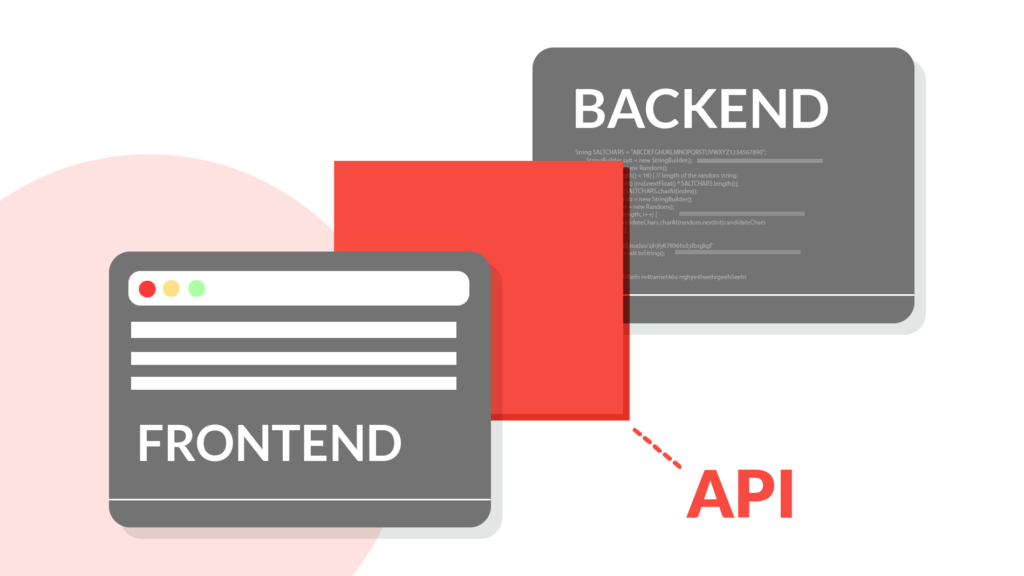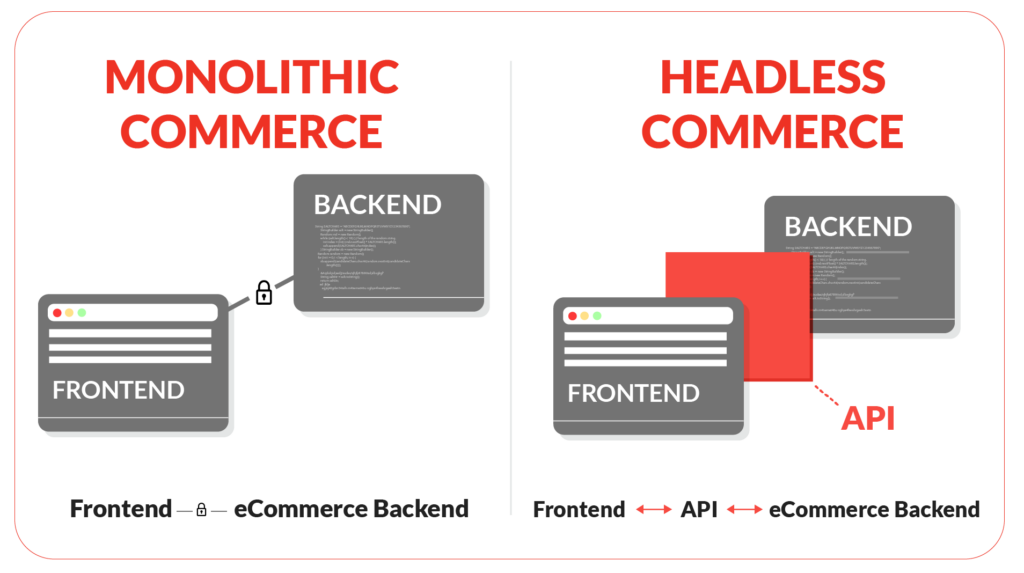 Headless Commerce: The Who, The What, The Why, The How
Headless Commerce: The Who, The What, The Why, The How
By Logicbroker | June 7, 2022
According to Forbes, 2022 is “the year to focus on customer experience again.” Ensuring your eCommerce strategy is designed to support a headless framework will help deliver the ultimate customer experience. By decoupling the front and backend of an eCommerce application, headless commerce runs through APIs and enables more freedom to create, all the while giving you more control in crafting the best possible customer experience.

Who Benefits?
Is headless commerce for everyone? The short answer is yes. Headless commerce isn’t just the latest buzzword or trend, but rather a capability that is becoming more and more expected of retailers from partners and consumers across all eCommerce industries. As the emphasis remains on delivering a stellar customer experience, retailers and brands are constantly innovating to engage, retain, and build loyalty with consumers.
Along with optimizing your customer experience, brands are shifting their focus to establish trust and loyalty by way of a micro/hyper-personalized customer experience.
Without a way to easily make independent changes to either the front or backend, some retailers and brands find themselves falling short of their competitors’ headless commerce strategy and as a result experience crippling limitations in creating a customizable experience by using outdated eCommerce strategies.
What Makes Headless Commerce Tick?

The backend contains all the systems, processes, and tools that handle operations and make sure your business is running smoothly. Various tech stacks can help with activities like merchandising, fulfillment, integrations, data storage, and checkout.
The API is the heart of the headless commerce operation. Powerful APIs allow you to fully integrate an organization’s existing systems, like ERP, PIM, and IMS, to build a flexible platform using the programming language of your choice. A decoupled headless commerce system allows your chosen API to handle ever-evolving eCommerce technology and match the pace of your competitors and your consumers’ interests.
A fully decoupled system gives your organization the flexibility to make backend changes without impacting the consumer experience and provides a more robust frontend experience that can make creative, experimental changes without harming production.
Why Make The Switch?
Shifting your design strategy can be a daunting task but ignoring the realities of the post-COVID eCommerce industry could be detrimental. With more customers coming online to shop, brands and retailers can offer a more tailored and seamless shopping experience while building brand recognition, retention, and trust.
Speed That Counts
In addition to customizable user experiences, headless commerce offers a simply faster user experience. Google Marketing Analytics found that a whopping 53% of users abandon their search if the website takes longer than 3 seconds to load. While 80-90% of load-time-impacting elements are held on the frontend, brands using headless commerce and powerful APIs have the unique advantage of faster load times on all platforms.
Designs For Every Platform
With a decoupled system, users do not have to struggle to read your webpage on a mobile device or while quickly shopping through social media. Being able to design specific experiences for various platforms without worrying about updating backend systems can help retailers cater to more types of devices and scenarios.
Adaptation
When the newest trend or platform takes over your customer base, it’s vital that you can adapt your virtual storefront to meet new, exciting demands. A headless commerce platform provides the flexibility you need to quickly implement targeted advertisements, storefronts, and even fully customizable frontend experiences based on rising demand without the need for backend development.
How To Implement A Headless Commerce Strategy
By implementing headless eCommerce with Logicbroker’s drop ship and marketplace solutions, you remain in control of the design and experience on the frontend and are rest assured of the operations on the backend. Providing a seamless customer experience across all channels is an orchestration that can help you reach more devices and appeal to more customers.
Logicbroker works closely with each of our users to ensure that our powerful API and development tools are implemented to meet the vision of each of their respective organizations. With no legacy technology, Logicbroker adapts in real time to the changing needs of our users and often helps them implement innovative and ground-breaking eCommerce feats.
Finding the right headless commerce solution is a challenge. The simple idea of replatforming discourages many brands from evolving their current systems. Logicbroker is committed to finding the right solution for each customer. There is not a one-size-fits-all approach to eCommerce and adopting a headless system can help alleviate the struggles of scaling in unprecedented times.
Modern dropship & marketplace solutions have never been so easy.
Are you ready to drive growth and gain unparalleled speed to market with a modern, scalable dropship or marketplace program? Fill out the form below to get in touch with our team: